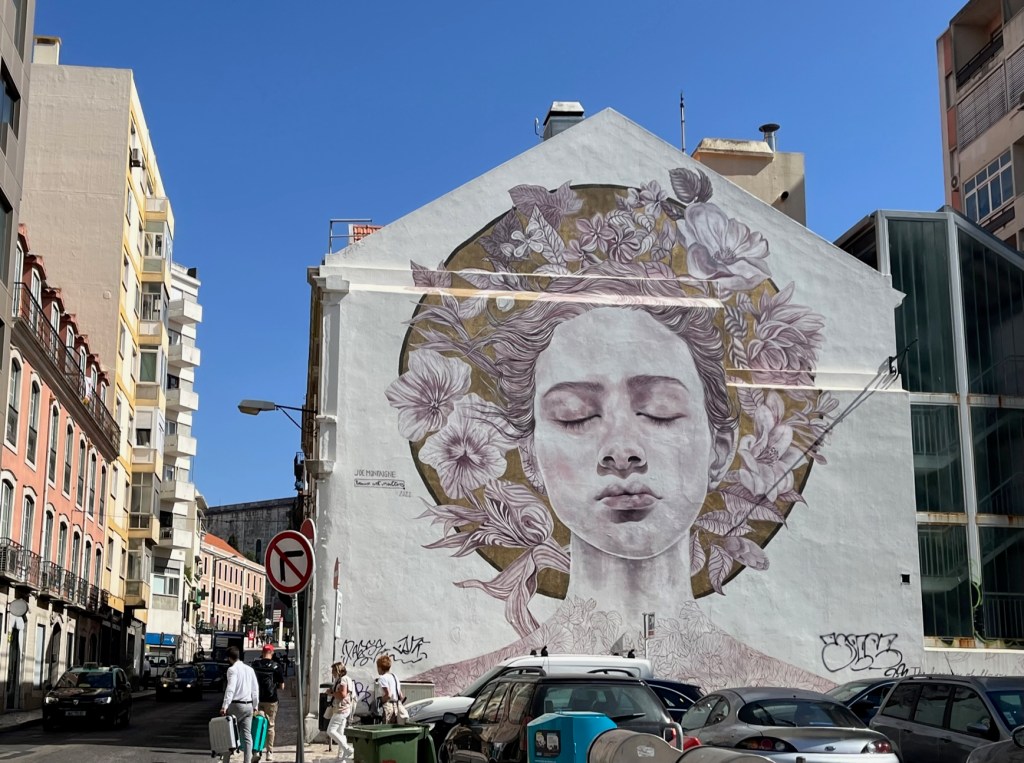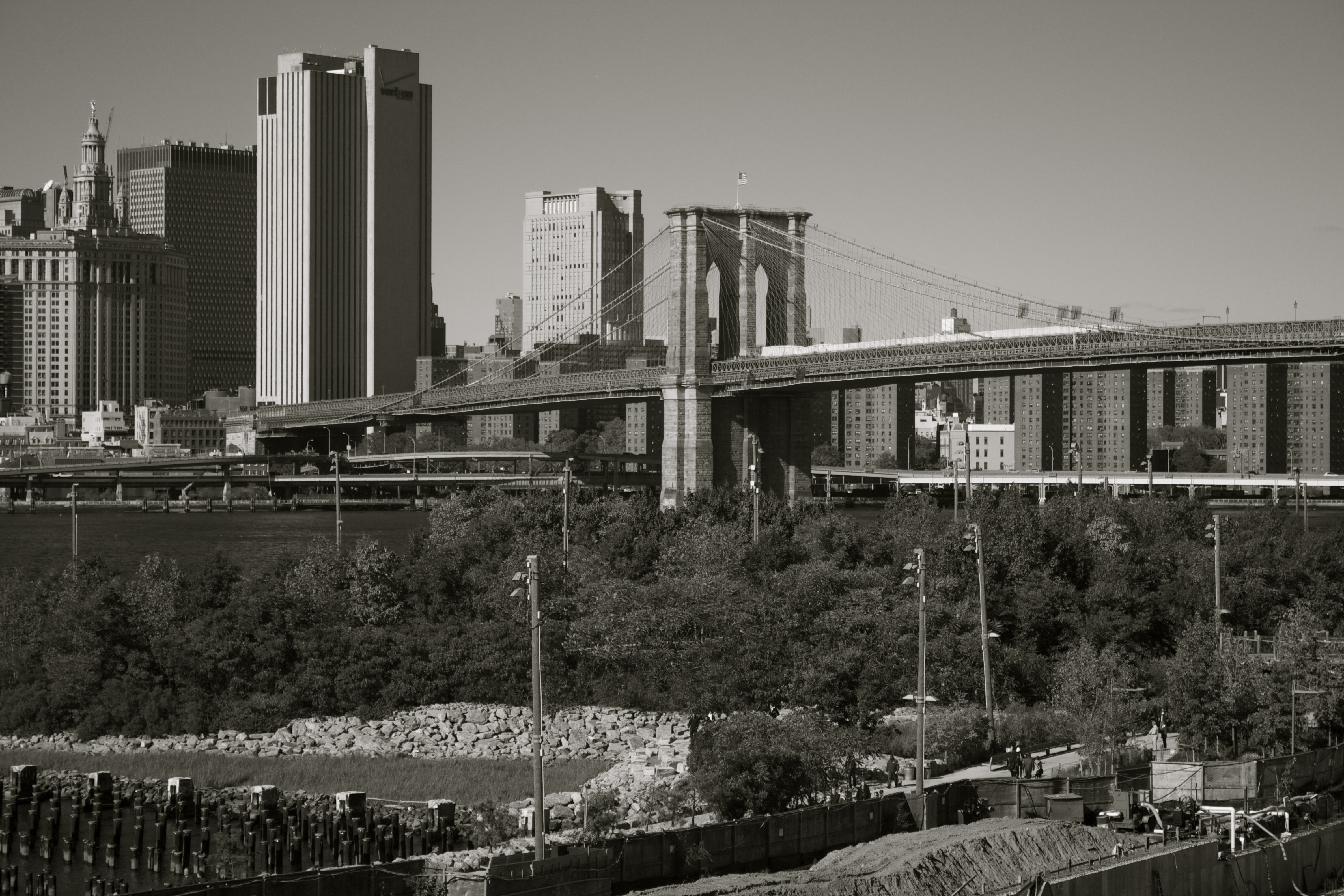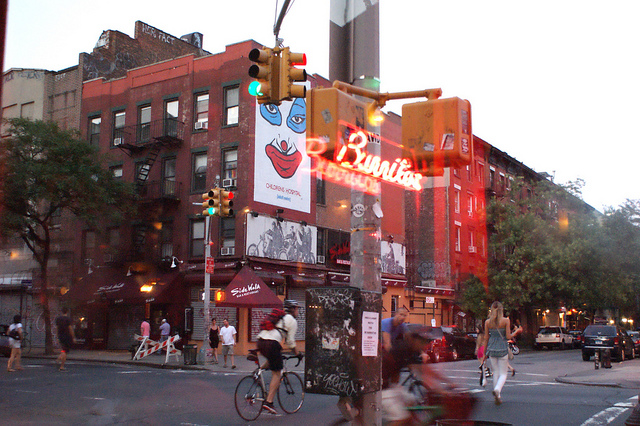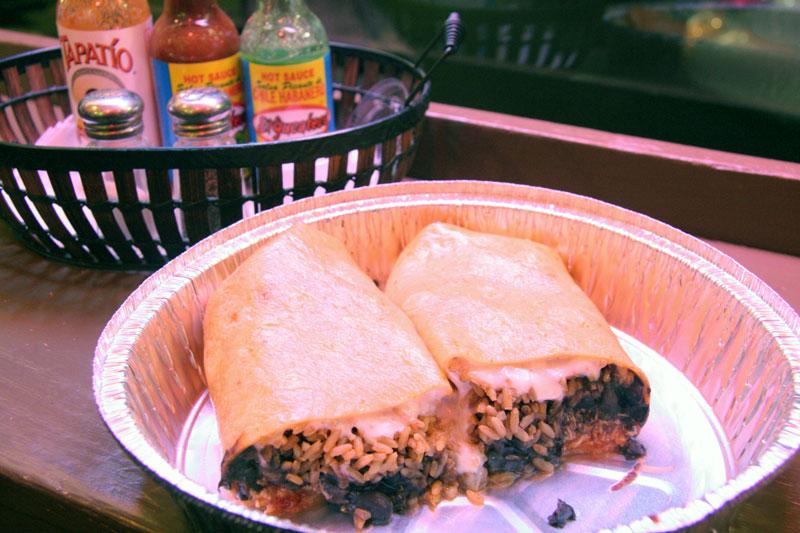January 31 marks my one-year anniversary of moving to New York. This time last year I wrote about the thrill of signing my first New York City lease, of smiling as I walked up 9th Avenue knowing I’d soon have my own pocket of space in the big city. I was about to leave behind the daily monotony of commuting, the packed buses and frantic dash through Times Square. Signing that lease was a pure, fleeting moment of truly making it.
Growing up 20 miles from Midtown Manhattan I’ve always identified with the city but knew you’re not a true New Yorker until you’ve lived here. At college in the Midwest I envied friends’ ability to say, “I’m from Chicago” despite living hours from the actual downtown. The same just doesn’t apply to the New York metro area – my proximity to the city and love for its fast-paced nature didn’t translate to being a New Yorker, as much as I wished it did.
The truth is, when you’re here – day to night to day – you start to notice things about the pulse of the city and the people who live here that didn’t present themselves before.
Here are 15 things I’ve learned after one year in New York:
1. The city never sleeps but it sometimes rests

When I was commuting, the New York I knew was the rush of Midtown between Port Authority and Rockefeller Center, and the Lower East Side swarming with people late at night. I never experienced those rare New York quiet moments when the city settles down and seems to belong to you alone. The last time it happened was Thanksgiving morning as I left to head home to New Jersey. Stepping out of my apartment around 8 a.m., 9th Avenue was quiet save for the hum of empty cabs, and I didn’t see another soul for 10 blocks in either direction. I don’t pine for these moments but love when they appear.
2. Strangers will brighten your day
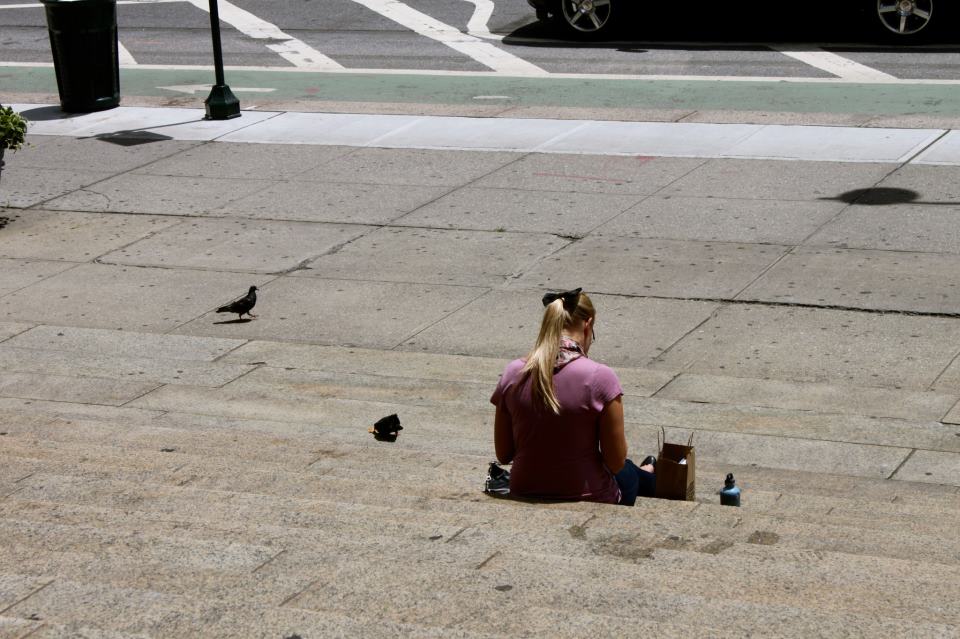
Last year I wrote about Geoff, the newspaper hawker who told me to “have a great day, young lady!” every day for a year when I passed him on 42nd street. Geoff’s smile was contagious and it brightened my day each morning. While they’re not all as visible or vocal as Geoff, I’ve found other strangers are willing to help out when the subway turnstile blinks “insufficient fare” or you stumble on an unsalted sidewalk. The “cold, hardened New Yorker” stereotype is true, but that doesn’t mean people aren’t good at heart.
3. But…sometimes they’ll totally irritate you
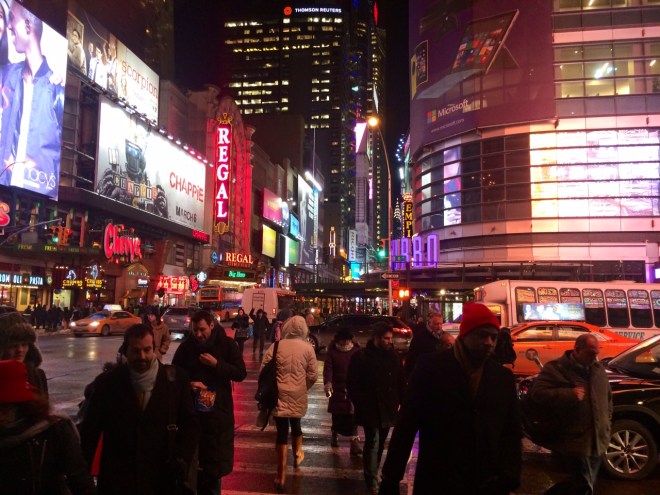
The woman who doesn’t thank you for holding the door open as she saunters out of the store. The biker who disregards rules of the road. The people who walk in a horizontal line on the sidewalk. The occasional “manslamming” (yes, it happens). You try not to take it personally – they’re strangers, after all.
4. Family history comes to life

My family history on both sides is rooted in New York City. My mother’s father (Papa) grew up in an Irish tenement in Brooklyn, my father’s father in a Jewish neighborhood of the Lower East Side. This past summer I visited Katz’s Deli with my grandfather, right around the corner from the luncheonette his family owned. He described the Lower East Side he knew, filled with shoppers and street peddlers, not people heading to bars or brunch. And for years I’ve traveled in with Papa, spending days in parts of Brooklyn and Manhattan, but find it’s different now that I call the city home. It’s an amazing experience exploring the city with my grandparents, seeing the streets transform through their memories and realizing how much has changed.
5. You’ll spend more time online looking for restaurants than you spend actually in them

Birthday? Where’s a restaurant that’s centrally located, accommodates groups, has a cool atmosphere and isn’t too pricey? First date? How about a not-too-casual, not-too-upscale spot with good food if you get hungry but also lets you just have wine? Family coming in? Where’s a Theater District eatery with an array of vegetarian options that takes reservations so you can get to the show at exactly 7:30?
I’ve spent hours on Yelp and NYMag.com looking for restaurants that fit very specific criteria. Because New York has so many great options, there’s more pressure to find a place ideally suited to a particular night – and not return to somewhere you’ve already tried.
6. Most things are really expensive but certain things are forever fixed in price

When I go home to New Jersey – or really anywhere – I’m amazed at how much cheaper food items are. Pricey food is pretty much a given in New York. But certain things here, like 99-cent pizza, shock my friends from other cities. They wonder how the same city that charges $15 or more for cocktails serves pizza for less than a dollar. It’s a New York thing, I guess.
7. The subway is your best friend and your worst enemy
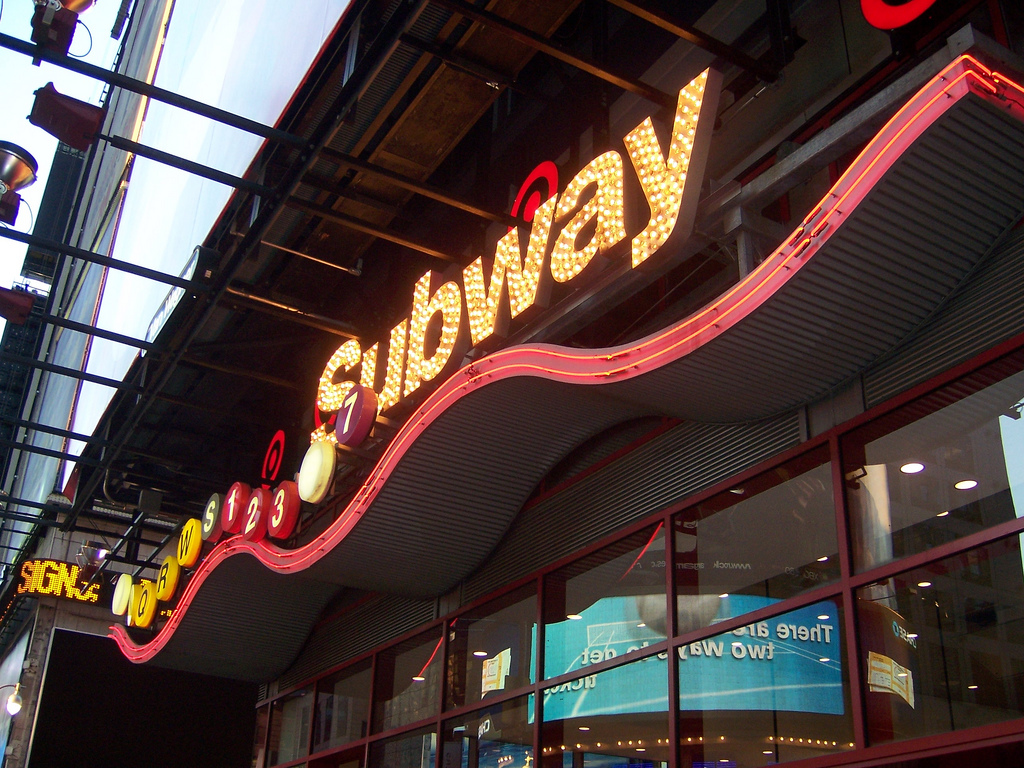
I’m simultaneously fascinated, terrified, grossed out by, and extremely thankful for the New York subway system. For a fixed price you can go almost anywhere in Manhattan, Queens, Brooklyn or the Bronx. I love that on a Saturday or Sunday with nothing to do, I can take off on a train and explore a new neighborhood. That being said, the subway can be an unreliable friend who cancels at the last moment, leaving you stranded with no plans. I’ve learned to tack on an extra 15-30 minutes to trips to account for subway delays.
8. You won’t get through the summer without an AC
Tried that. Won’t ever try it again.
9. Stories are everywhere
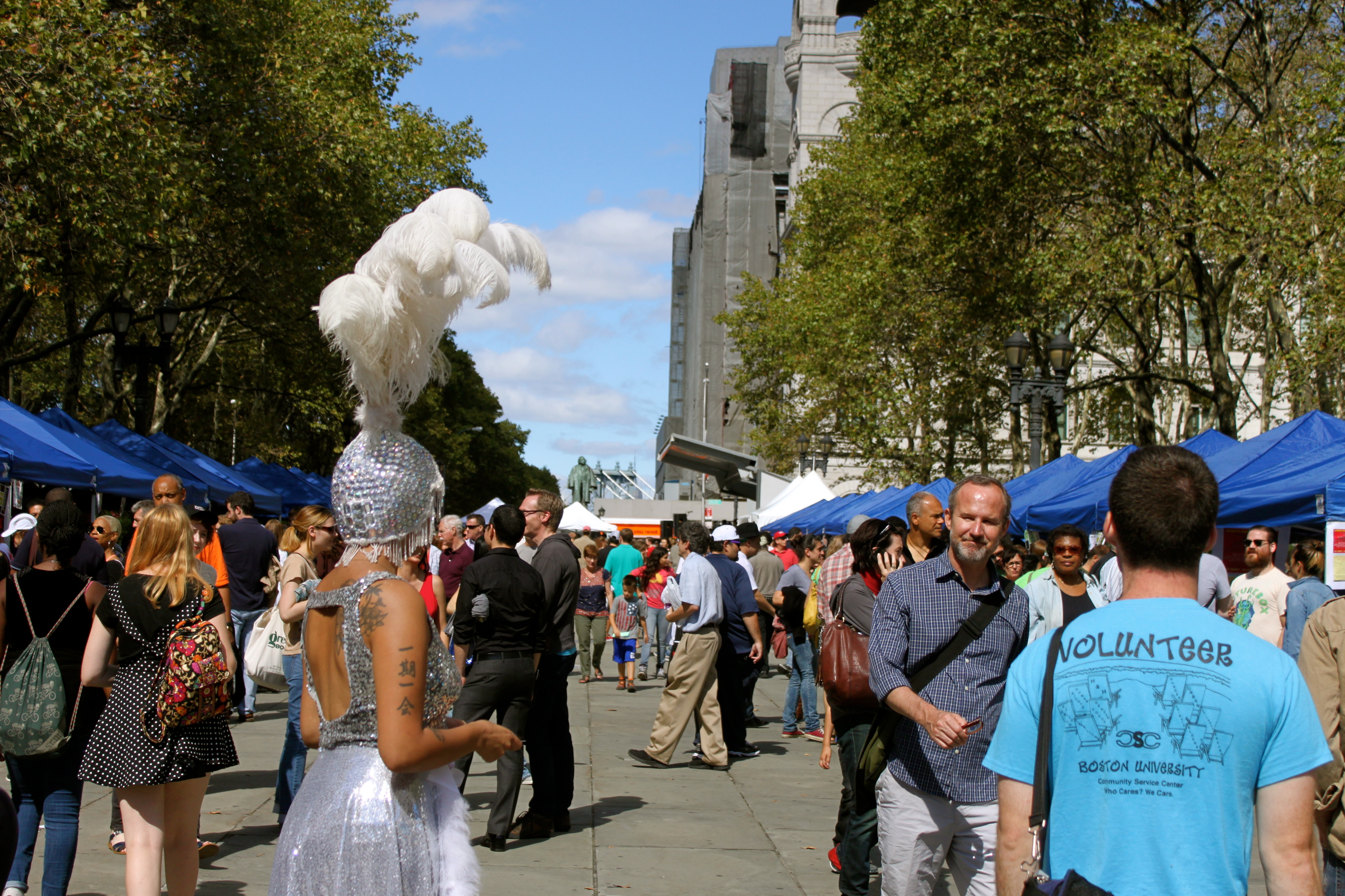
No wonder so many writers are based in New York – not only is it a cultural center, it’s a breeding ground for stories. The city is full of interesting, diverse people and lively conversation is happening around you at all times. I keep a running document of quirky phrases and bits of conversation I overhear on the streets – it’s all fodder for fiction.
10. Port Authority will always be the worst
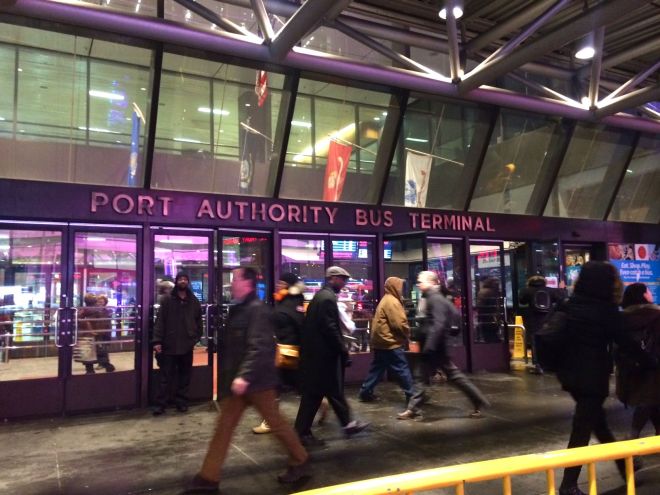
If there’s one place in New York I’d be happy never to set foot in again, it’s that dreadful bus terminal. In fact, all of 8th Avenue between 34th and 50th Street for me is tainted by memories of pushing through Midtown crowds to make the 6pm bus. And the building itself, the busiest bus terminal in the world, badly needs a renovation. I don’t have nostalgia for my commuting days and never will.
11. Good luck finding that perfect coffee shop
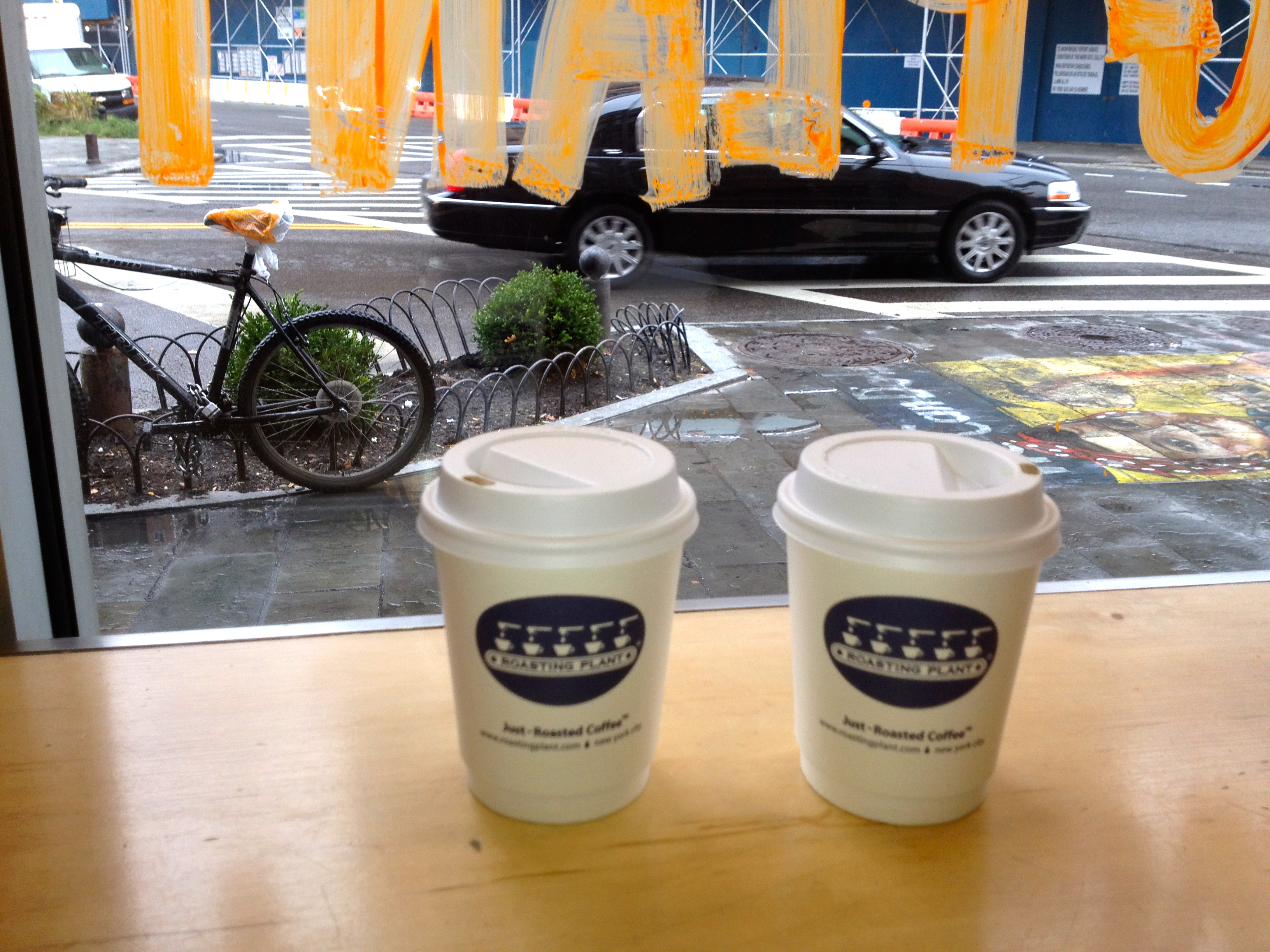
Finding the perfect coffee shop in New York is like finding the perfect apartment. You’ll never get everything you’re looking for (space, location, price) but you might get two of the three. I’ve found coffee shops with working wifi and good coffee but no space, and shops with good coffee and space but no wifi. For now I’ve decided to sacrifice coffee quality for wifi and space, but I’m not giving up. One day I WILL find the perfect coffee shop – and it won’t mean going to Brooklyn.
12. You’ll be more aware of what you’re wearing

You can wear almost anything you want in New York City without attracting much attention. But if you’re not looking to stand out, and just looking to look good, there’s pressure to have a personal style here. There’s pressure to be unique, put together, or purposely not put together. The above billboard says it all.
13. Friends will become family

Most New Yorkers are fiercely independent, but in a large and daunting city, we all need to strip that façade from time to time. Whether it’s help moving furniture, someone to check in on you when you’re sick, or someone to share Sunday night dinner with, friends play the role of family and I’m incredibly grateful for them.
14. The city is constantly changing and you’ll be nostalgic for “how things used to be”

When I first moved to New York I told friends and family “don’t worry about the address, we’re the apartment above the Coldstone.” Six months in, the apartment-identifying Coldstone closed. Other restaurants in Hell’s Kitchen have closed down, replaced by new hotspots just slightly more upscale than their predecessors. My gym, which held a 25-year tenure in Midtown, closed only a week after notifying customers through a paper sign taped to the entrance.
When these places shut down it feels personal, like a breakup. Yeah, I know rents went up, but can’t you make it work? For me?
15. You’ll start building your own version of the city
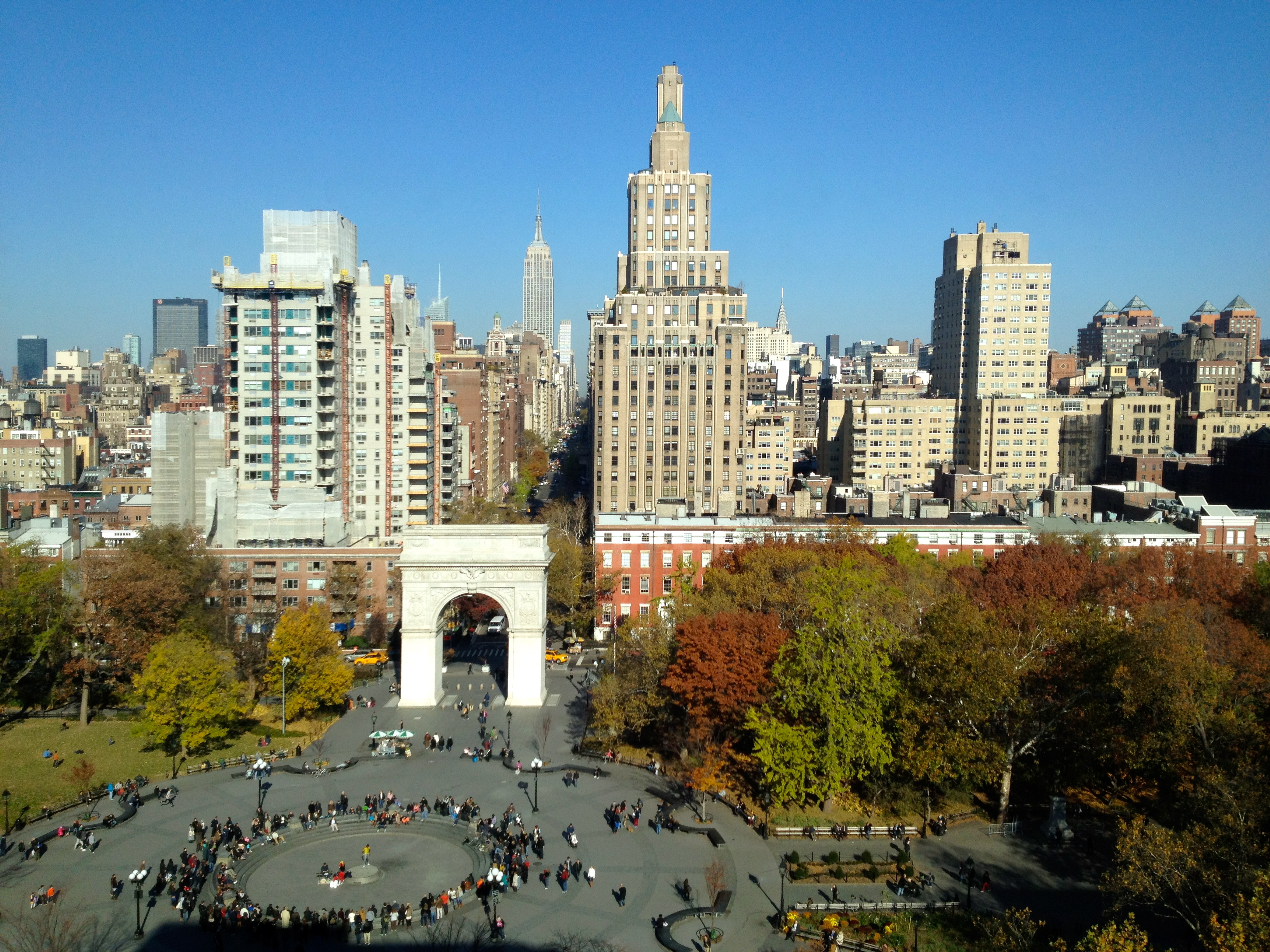
You’ll deal with small apartments, soaring prices and smelly summers because “there is no place in the world like New York.” And it’s true. There is no place like this city. But within New York itself are millions of smaller New Yorks, and you’ll start building your own to add to the mix. The invigorating potential to make what you want of yourself and your surroundings is what draws people here. As Colson Whitehead wrote, “the New York City you live in is not my New York City, how could it be?”
